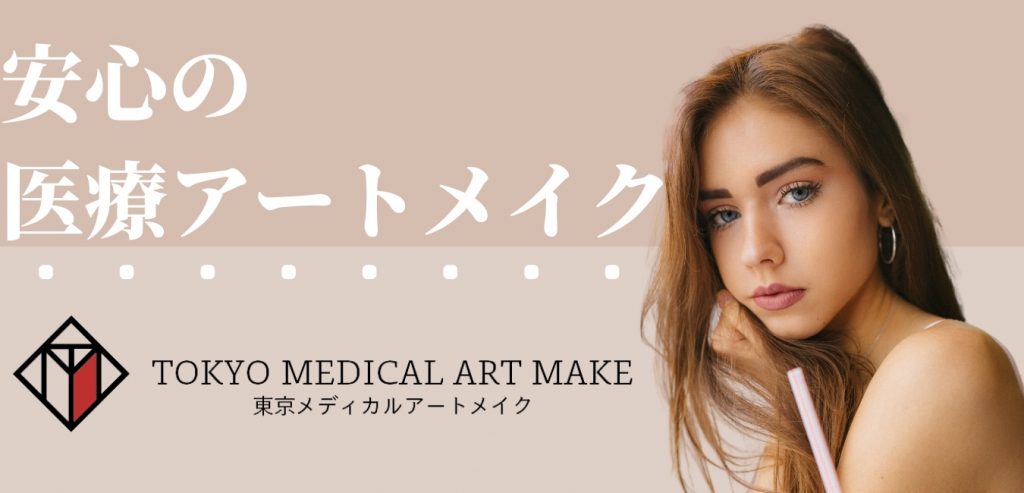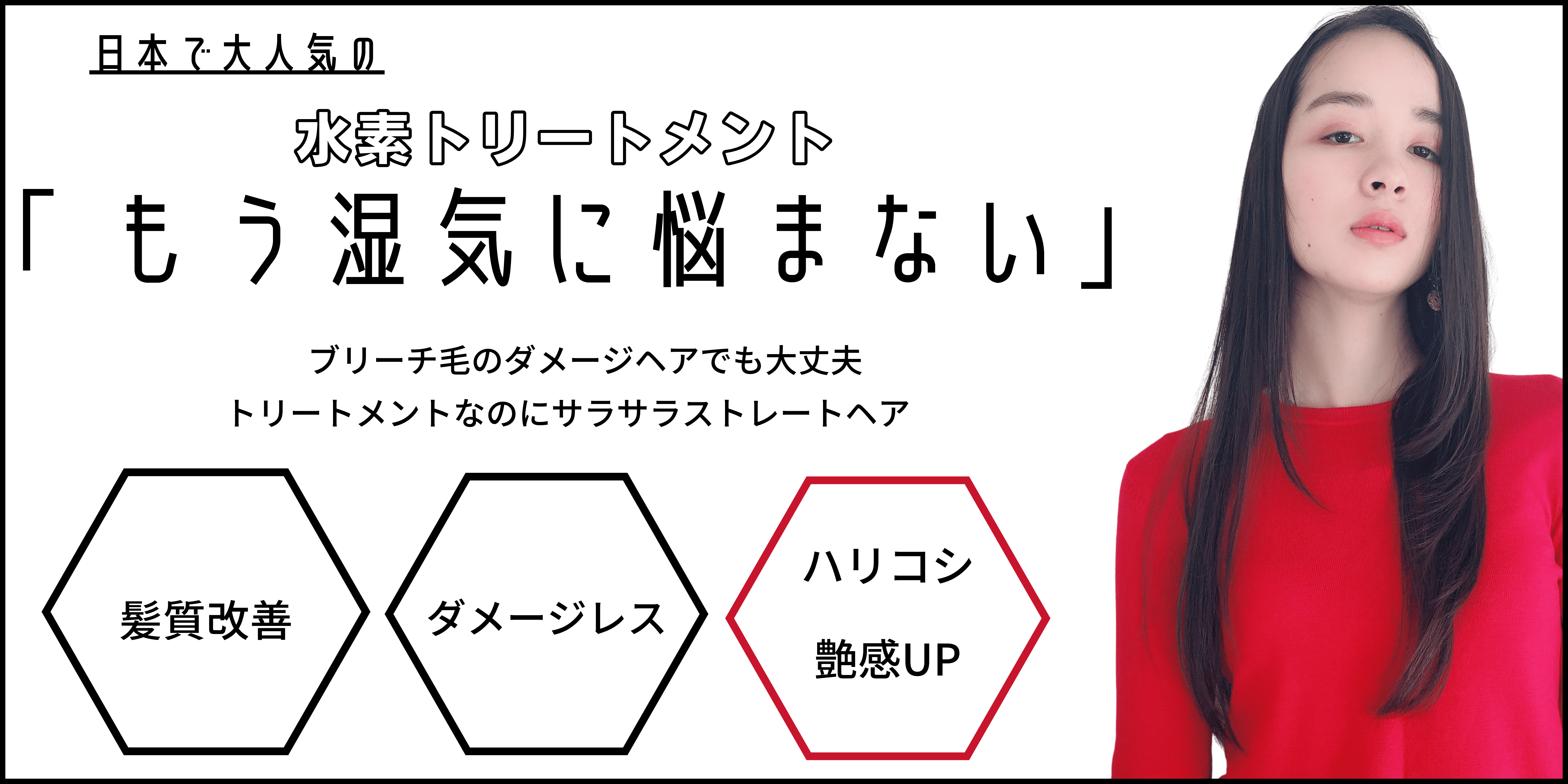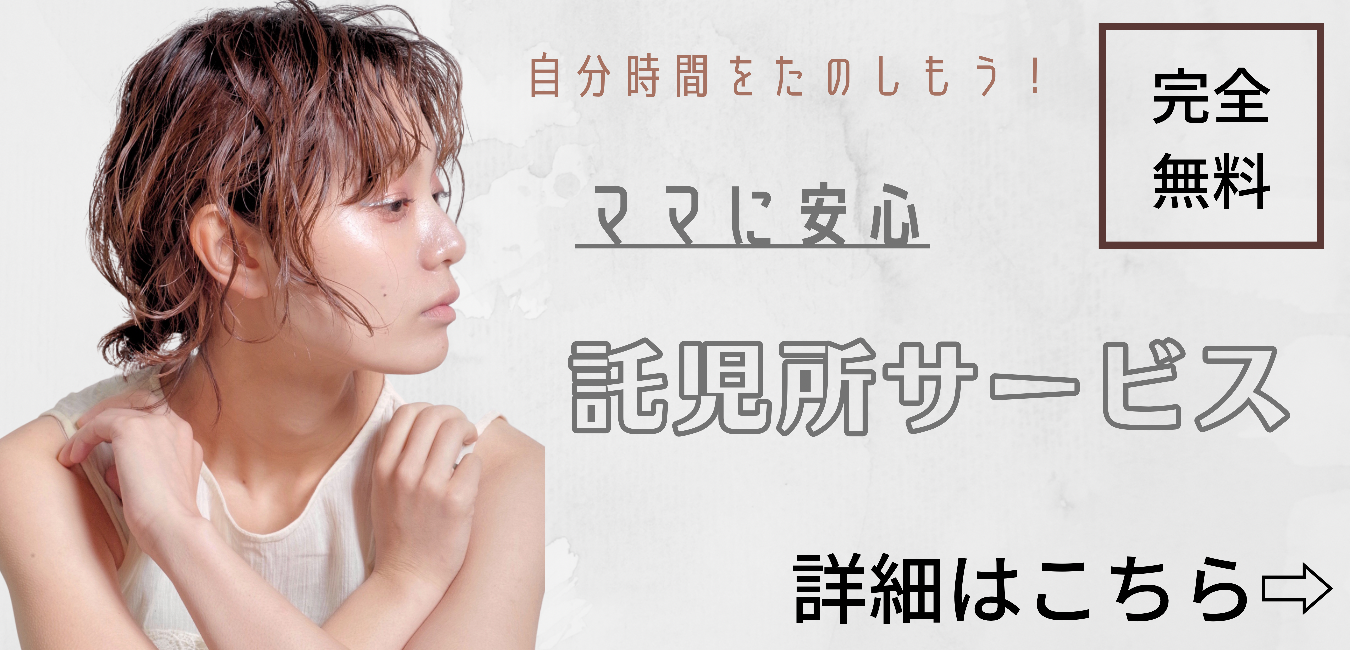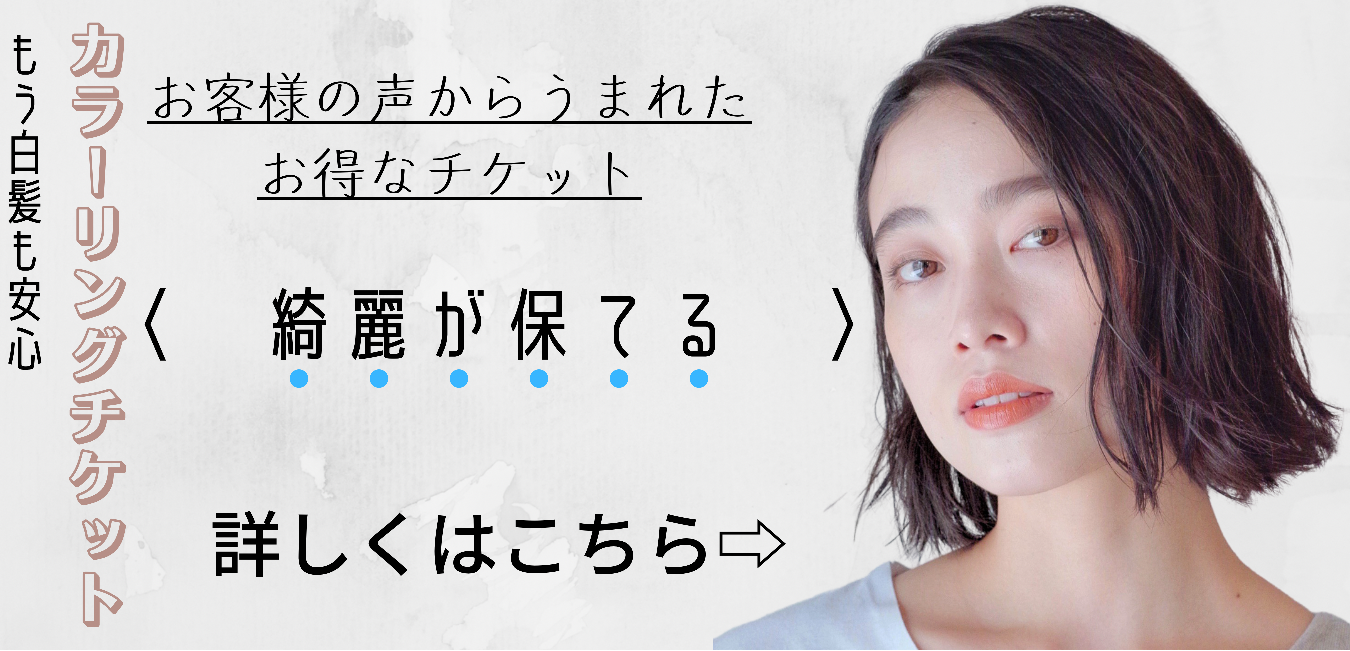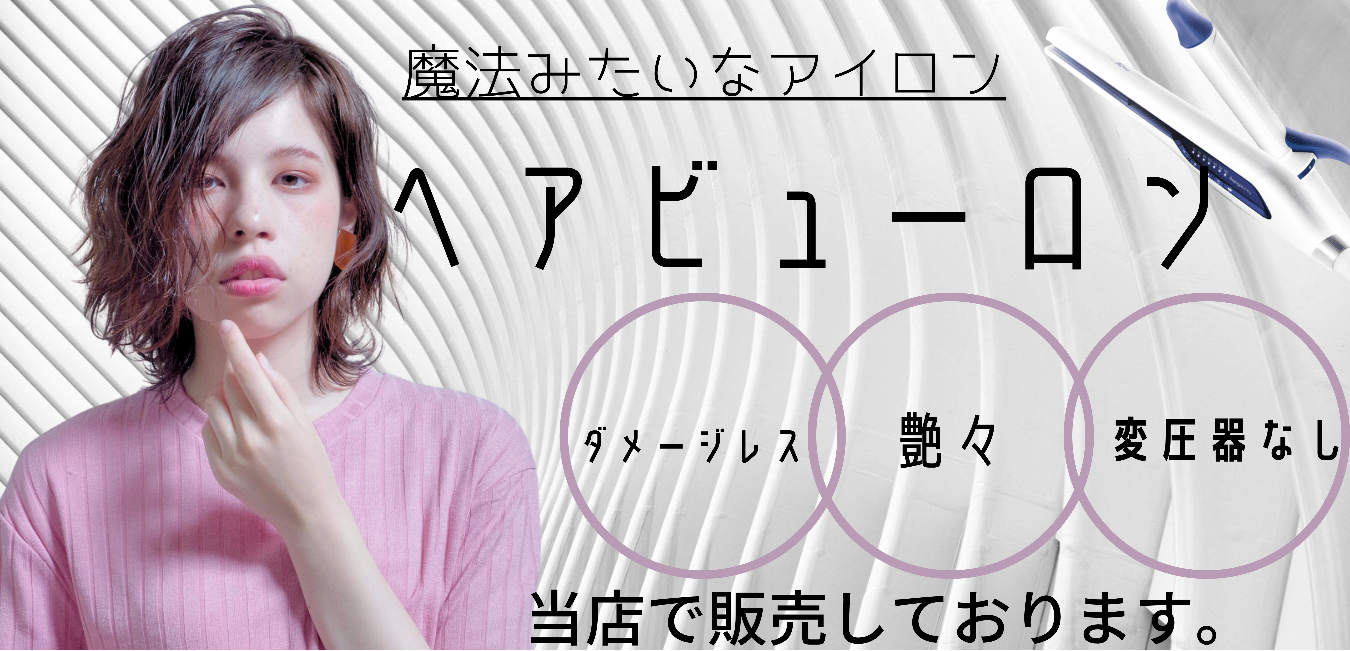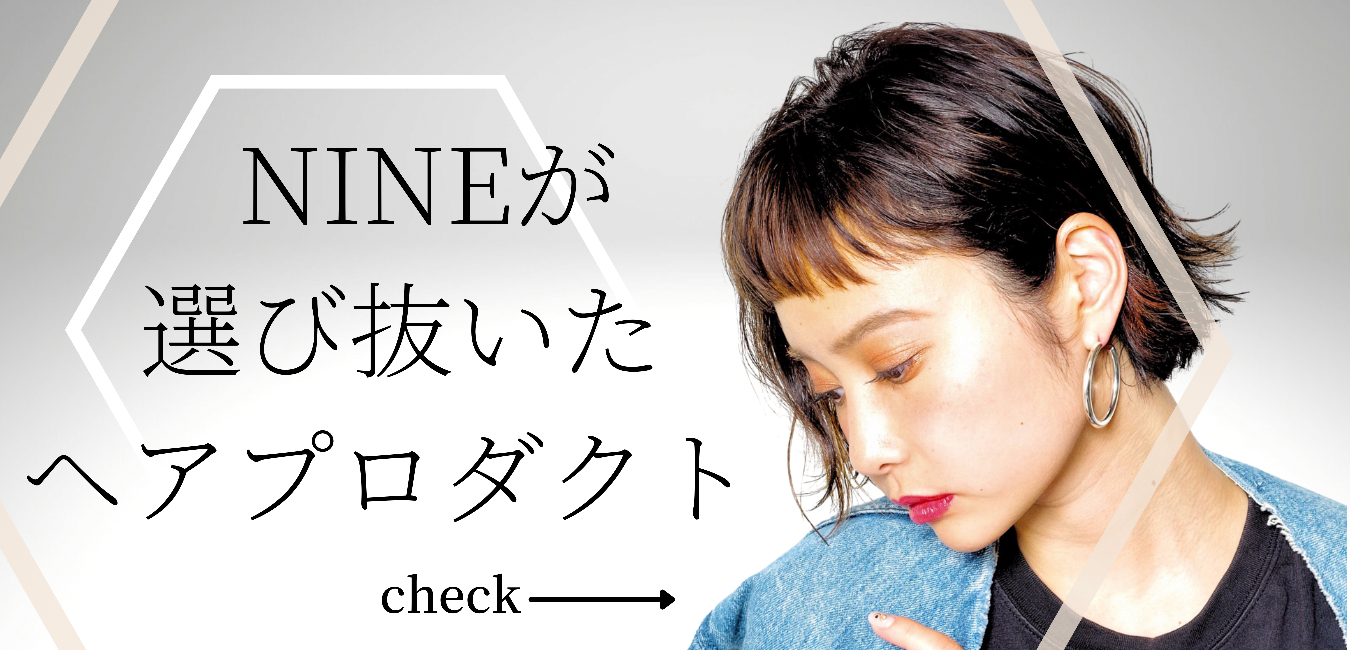
There are two types of hair loss: hair loss that is not a cause for concern, such as hair loss associated with the hair cycle, and hair loss that requires some countermeasures, such as diffuse alopecia and alopecia areata.
Here is a summary of typical types of hair loss, so those who are concerned about hair loss can use this information for self-checking.
Hair loss due to “diffuse alopecia,” which afflicts many people
Men’s hair loss problems are often characterized by “partial thinning” of the hairline and the top of the head, whereas women’s hair loss is often characterized by an increase in hair loss and overall thinning of the hair.
If the amount of hair loss is within the normal range, new hair will grow back as it falls out, so there is no noticeable thinning of the hair. If there is a noticeable whitening of the split ends or a clear decrease in volume, the hair loss may be due to “diffuse alopecia.
Diffuse alopecia can be caused by a variety of factors, including aging, nutritional deficiencies due to extreme dieting, stress, and excessive styling and hair care. Since diffuse alopecia is a general term for hair loss in which the entire hair is thinning, the key to improvement lies in determining the more detailed cause.
Postpartum hair loss,” a temporary but significant amount of hair loss
Of all the types of hair loss, postpartum hair loss is the one that is basically safe to say that there is nothing to worry about. Possible causes of postpartum hair loss include a sudden increase in estrogen, one of the female hormones that was secreted to a lesser extent during pregnancy, the mother’s nutritional deficiency due to supplying the fetus and breastfeeding, and the fact that many people diet in an attempt to regain the weight they gained during pregnancy.
Hormonal balance settles down after six months to a year, and hair loss usually subsides naturally by that time. Do not be in too much of a hurry to lose weight after childbirth, and be sure to maintain a good nutritional balance.
Alopecia areata,” characterized by partial loss of hair
Among the types of hair loss, one to watch out for is alopecia areata, in which hair falls out in concentrated areas. Alopecia areata is well known as an alopecia that is caused by stress, but the mechanism of alopecia areata is still largely unknown.
Dermatologists use steroid therapy and local immunotherapy, but most patients with mild symptoms recover within a year. If you find an area of hair loss where you are concerned about hair loss, first have a dermatologist diagnose whether or not it is really alopecia areata.
Hair loss caused by deterioration of the scalp environment
Hair loss can also be caused by factors such as “not shampooing enough,” “eczema on the scalp,” or “wearing a hat or helmet for too long, which tends to steam the scalp.”
This type of hair loss can often be dramatically improved if the cause is identified and removed. However, it can be difficult to change if it has become a habit, so in this respect, it is a type of hair loss to be aware of.
Hair loss caused by hairstyles
If you like to wear your hair in a ponytail, updo, or bun, this is the type of hair loss you should be aware of. It is commonly referred to as “ponytail baldness,” but the official term is “traction alopecia.
In short, it is a type of hair loss that occurs when the hair and scalp are stressed by pulling. However, if you wear your hair up every day because of work or hobbies, it is recommended to prevent hair loss by wearing a different hairstyle on weekends and by giving yourself a scalp massage.
